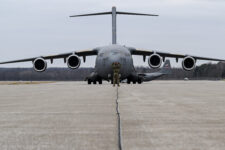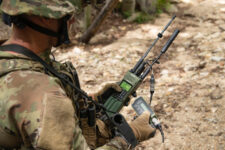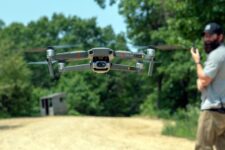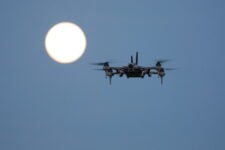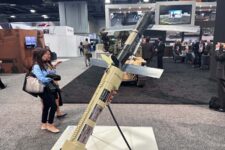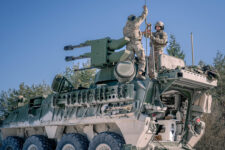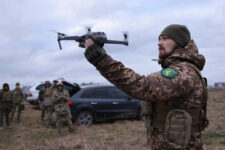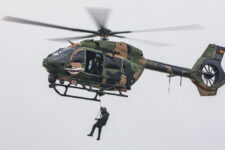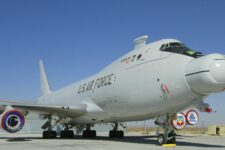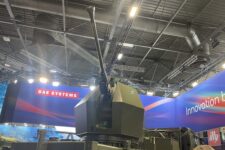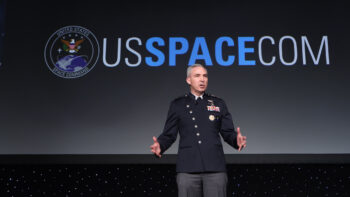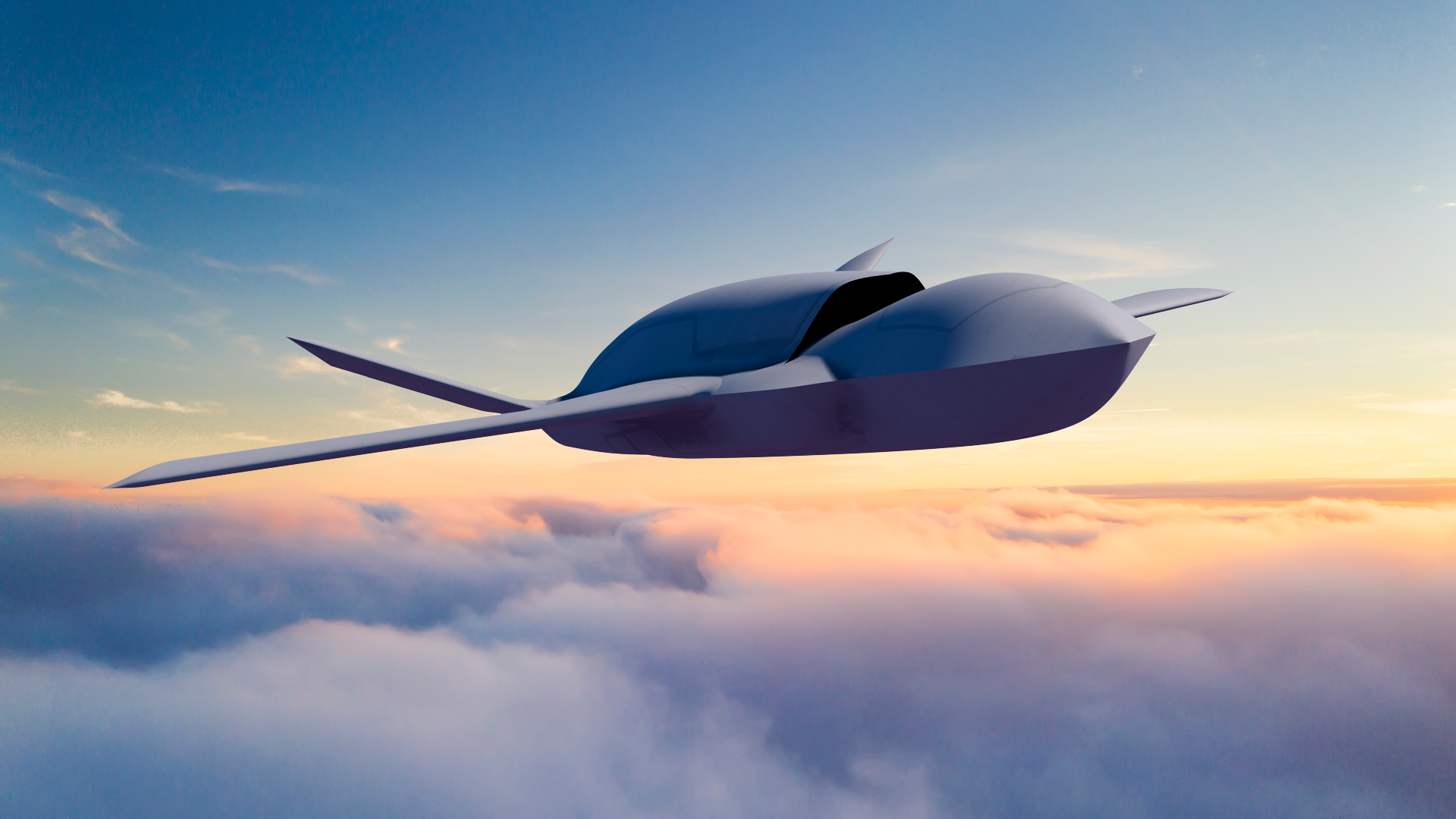
A render of GA-ASI’s Gambit 1 variant. (Image courtesy of GA-ASI)
The clock has run out on the old ways of airpower.
Once upon a time, in a Washington, D.C. far, far away, the United States Air Force could own the skies because it recruited more high-performing personnel and fielded more high-quality combat aircraft than any of its rivals.
Today the people are still premier. The equipment is still the best. But the numbers game is over – and the United States lost.
Advanced competitors are poised to challenge the United States and its allies with a force that mostly is qualitatively inferior but greater in number than the U.S. Air Force and its counterparts. Meanwhile, the old American way of airpower is maxed out – Washington doesn’t have the people, time, or money to catch up by playing the game that way. That’s why it’s time to play a new game.
The key lies with a new type of uninhabited aerial vehicle, described generically as autonomous collaborative aircraft. These jet-powered, artificially intelligent wingmen for the Air Force’s elite cadre of combat pilots will allow this core force of human aviators to outmatch any potential rival by greatly expanding what they can accomplish and enabling new capabilities for a fresh chapter in combat airpower.
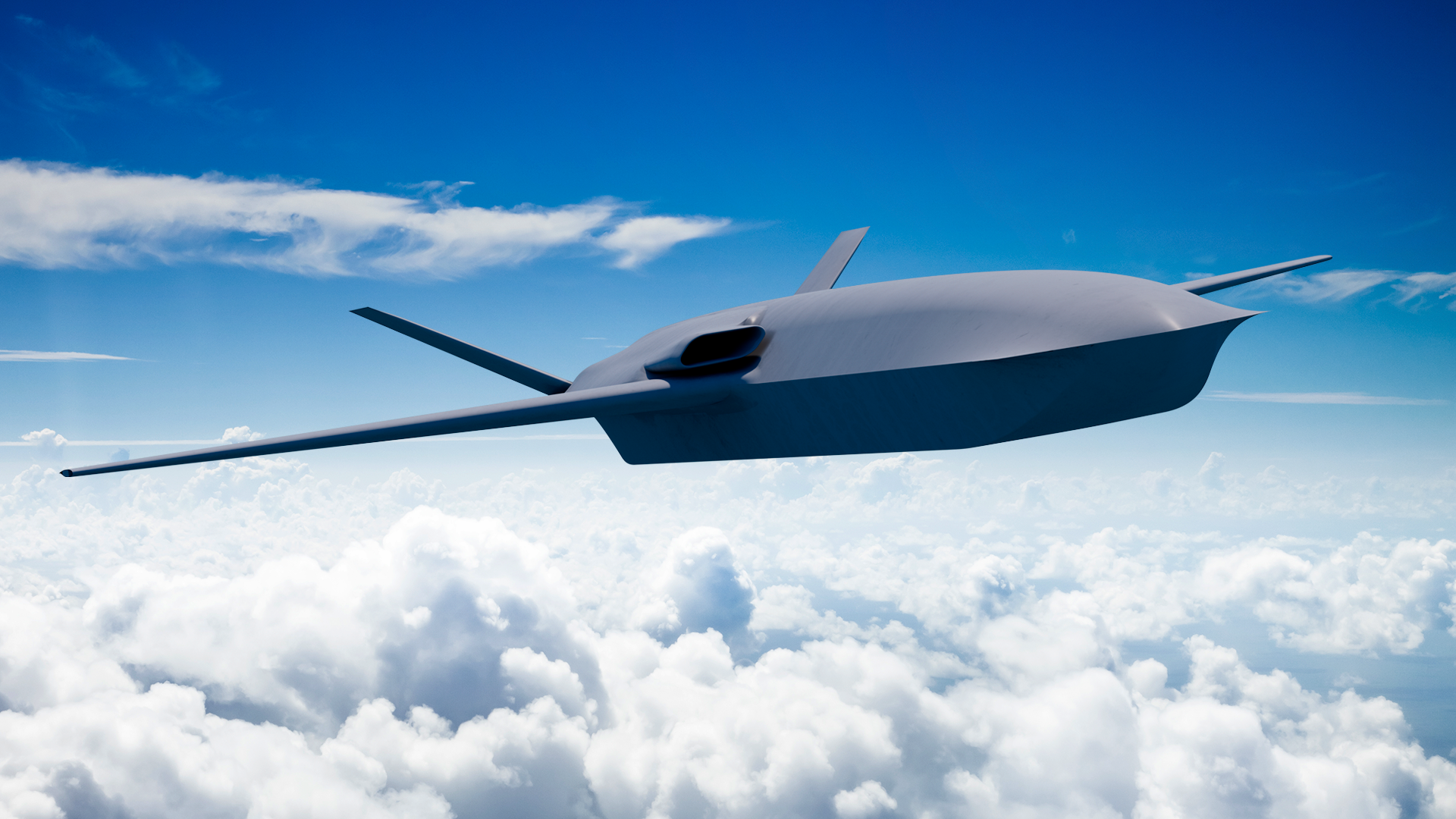
A render of GA-ASI’s Gambit 2 variant. (Image courtesy of GA-ASI)
Leading the way into this new era is General Atomics Aeronautical Systems, Inc., maker of the Gambit Series of autonomous collaborative aircraft. These new aircraft represent the cusp of a new generation in air combat and airpower that is as significant to the 21st century as the air-to-air missile or the enclosed cockpit monoplane were to the past.
The Gambit Series
The Gambit Series allows the combat power of every human pilot to be magnified. One reason is that with greater numbers of unmanned wingmen, the pilots of tomorrow will be able to see much broader sections of airspace, sense with much more fidelity, and act quicker and more decisively than they could on their own.
Autonomous collaborative aircraft fly alongside or ahead of human-crewed aircraft and work as a team as well as with the whole allied air element. Imagine a flight of five Gambit aircraft arrayed in a big section of airspace over an important air and maritime domain oriented against an area being used by an advanced competitor. A human-flown fifth- or sixth-generation fighter might be following close behind.
The unmanned aircraft can look up, look down, look all around, and share what they see. If one of the Gambits detects an aggressor, it can alert others onto it. One or more of the other Gambit aircraft can also train their sensors on the track and assess it from different perspectives, confirming the contact. Allied air component commanders get the advanced warning and high-quality tracking they need to decide and act.
Added up over the scale of an entire deployed squadron, or wing, or regional air element, these aircraft change the battle. American and allied commanders don’t need to try to match an opponent pilot-for-pilot in order to defend territory or conduct an air campaign – the unmanned pilots more than make up the difference and overmatch the enemy.
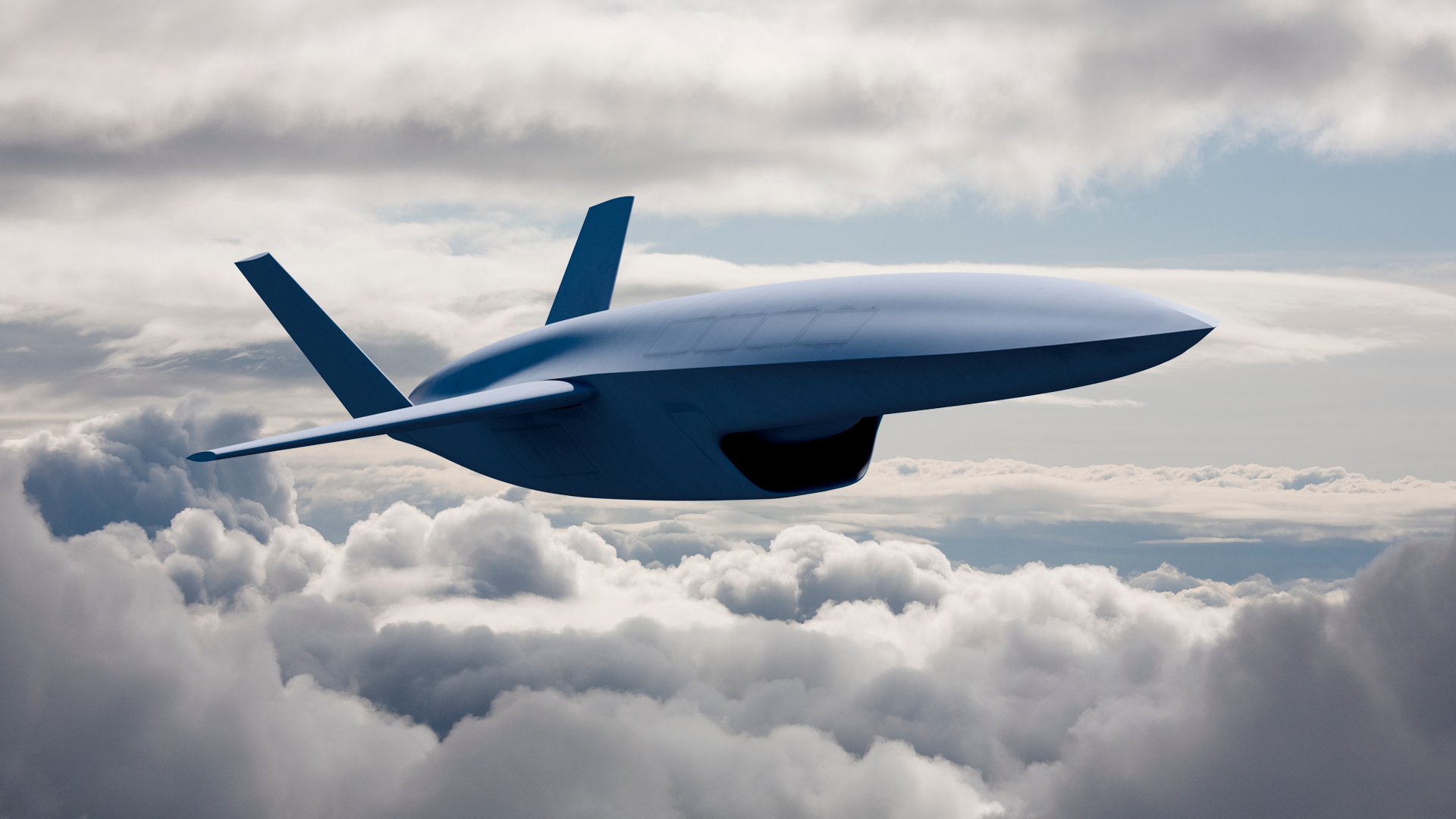
A render of GA-ASI’s Gambit 3 variant. (Image courtesy of GA-ASI)
What makes it work are unmanned aircraft with high individual capabilities but not so high they’re cost-prohibitive or unavailable in large numbers. They also need a system to operate and interact with the unmanned wingmen that gives them sufficient autonomy to maneuver, communicate, and act on their own – all while maintaining the trust of the human crews and above all preserving commanders’ discretion and authority.
The Gambit Series is that system.
One idea for the series imagines four aircraft types: Gambit 1 is a long-endurance, unarmed sensing platform built to scout well ahead of other units and serve as the leading edge to give human crews space and safety. Gambit 2 is an air-to-air armed escort that sacrifices some of the endurance of its sibling in order to carry sufficient ordnance to enable air component commanders to hold any hostile target at risk.
Gambit 3 is a high-fidelity adversary trainer that helps human pilots acclimate to flying against and alongside unmanned systems as part of their professional training. Gambit 4 is a tailless low-observable, long-endurance flying wing optimized to stand in against adversaries and provide intelligence, surveillance, reconnaissance, and targeting to the joint force.
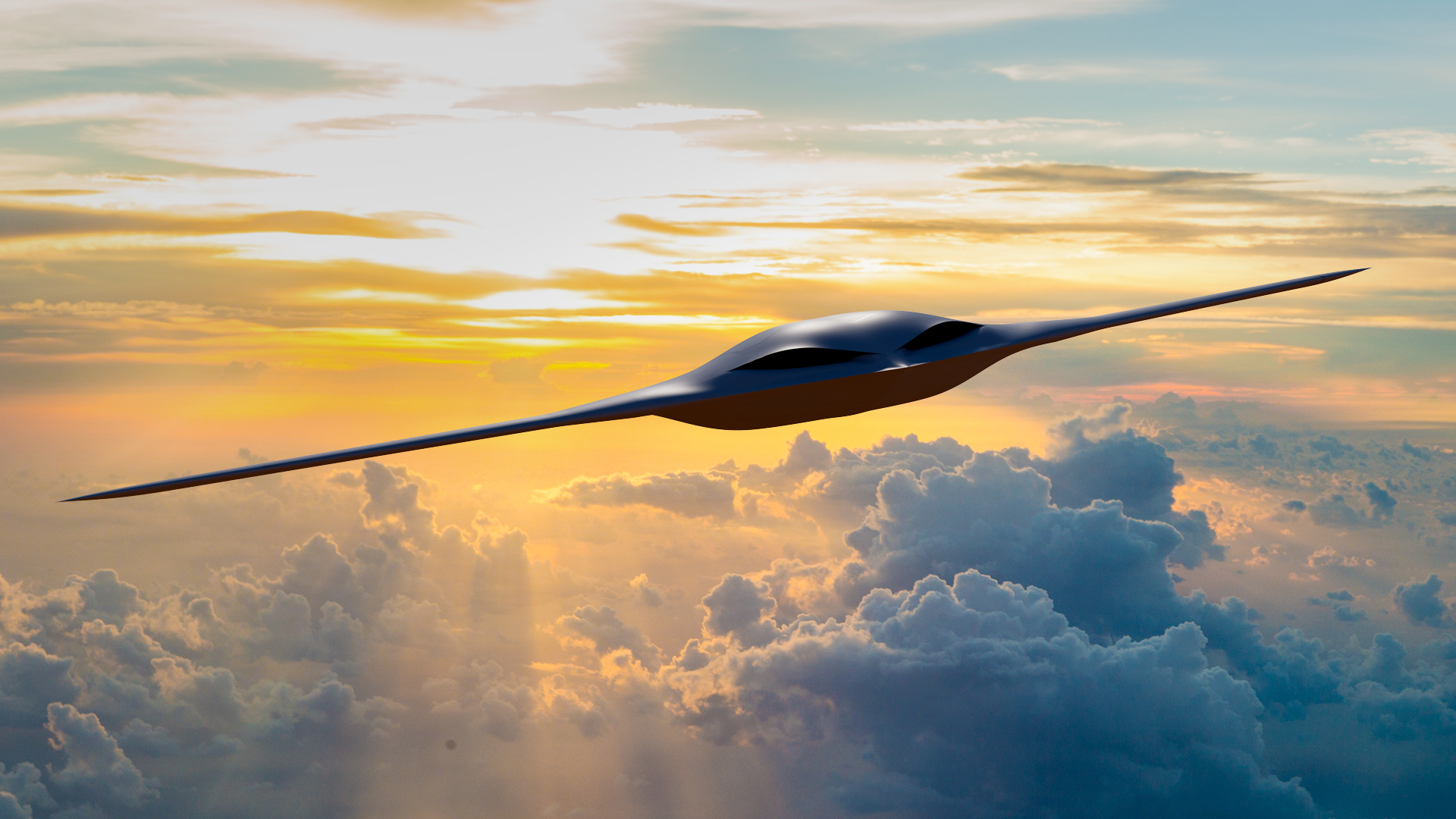
A render of GA-ASI’s Gambit 4 variant. (Image courtesy of GA-ASI)
Producible, scalable, affordable
The aircraft don’t just share the same name and manufacturer. They’re all built from a common core that makes the system highly scalable and economical relative to a wholly separate design for each aircraft. Picture auto workers building a single metal frame and chassis that heads down a production line. If it turns left, it becomes a family sedan. If it turns right, it can become the luxury model. High commonality means the units are simpler to build and less expensive than if each final product needed its own production stream.
With more than 1,100 aircraft delivered and more than 8 million flight hours to its credit, GA-ASI is the experienced leader in producing and flying uninhabited aircraft. No one else comes close. The company also leads on the critical enabling software, artificial intelligence, and autonomy required for the new wave of hardware.
Jet-powered UAVs are not new to GA-ASI. The company’s MQ-20 Avenger has logged milestone after milestone in simulated unmanned combat operations, including with the release of new small advanced air-launched effects and with novel network and waveform technologies that link multiple diverse unmanned systems. The company and its partners continue to pursue new systems, integrated in new ways, both for government customers and for internal research and development projects.
All this makes GA-ASI and the Gambit Series best positioned to help the U.S. Air Force and its allies lead the new direction in air dominance.

